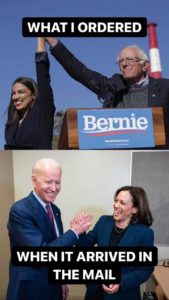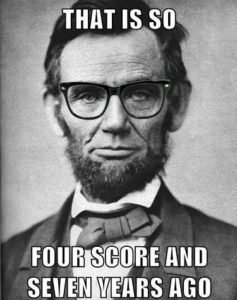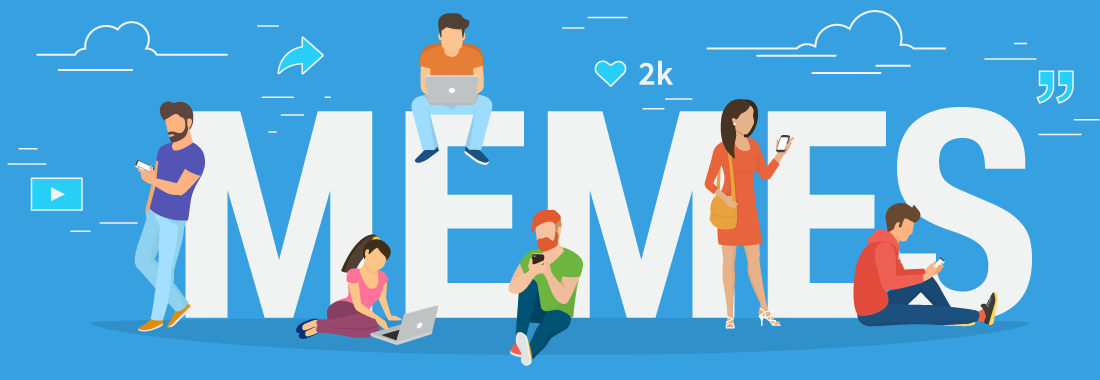Author: Dr. Emily Stacey, Rose State College
The era of the political meme has been upon us for at least a decade now. But, as they become mainstays in political culture and communication for younger generations, how have fields such as Political Science recognized their potential influence?

I readily admit I’m a #millennial professor. I love a good political meme, and so do my students. So much so, I’ve incorporated memes into a large portion of my basic class presentations.
I take extra care in finding and/or creating memes that resonate with my students. As we know by now, many of our students are of the “sound-bite generation.” Memes provide a way to convey general information, solicit emotion and/or make light of a situation, in our case, politics.
Here are some tips on how to use memes in your Political Science courses:
1. Make sure the meme is attention-grabbing.
It’s best to use a meme generator that has thousands of pre-loaded pictures from the mainstream. These images are recognizable and easy for you to add your flavor!
Most generators also allow you to upload your own photos for optimal meme-ability.
2. Be sure your message fits the image.
This is most important. Because your meme is the political communication, there shouldn’t be any need to explain your meme. If you’re explaining it, then it didn’t land with students.
3. Be bipartisan, or nonpartisan.
It’s hard for anyone these days to take a joke, but political memes are often both humorous and communicative.
Be wary of overusing memes from one party or of one political official, as it might alienate students.

4. Involve your students.
Making political memes is an assignment I use in my Political Media course. However, it could be used in any basic American Government course to supplement a media chapter, or where political cartoons would have been covered prior to the digital revolution.
In my Media course, the assignment is a bit more involved. One example: I have students scour the advertisements and memes submitted to Congress by Mark Zuckerberg in the Cambridge Analytica aftermath. Students created a meme that features mis- or disinformation and would influence them as a voter.
Each student presents a collection of their individually created memes to the class. The results are always fascinating and amusing.
If using this assignment in an American Government course, I’d simply have the students create a political meme that’s meant to influence voters/citizens on a variety of topics. You could split the class into groups and assign them a political issue such as immigration, health care, the election, etc.
5. Enjoy the memes.
Have students present their memes to the class. It’s a fun way to get everyone involved in politics and understand how social media impacts voters and voting behaviors.
Happy meme-ing!

